The sky’s the limit: Swiss aviation pioneers
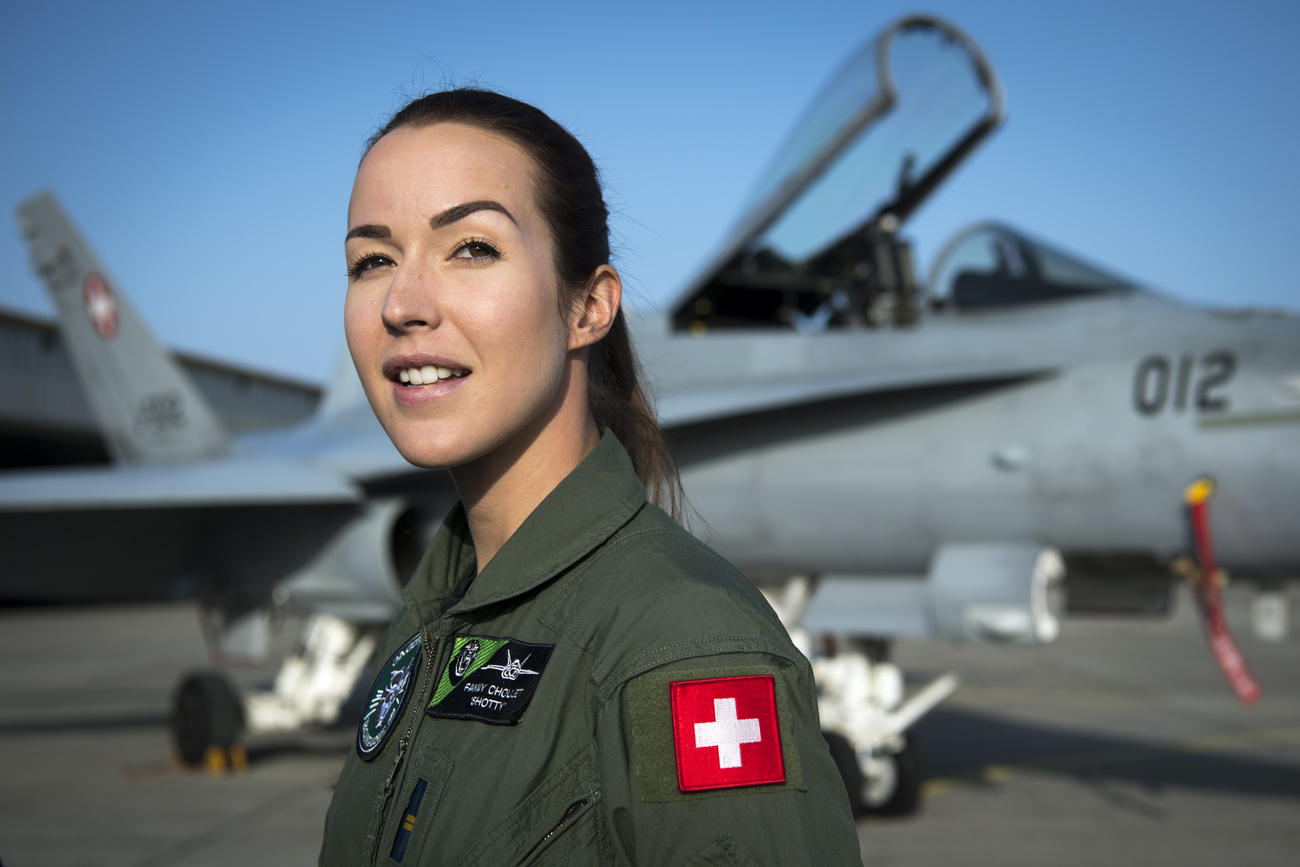
On the centenary of the first non-stop transatlantic flight, we look at the groundbreaking achievements of some of Switzerland’s aviation pioneers.
On June 14, 1919, British pilots John Alcock and Arthur Brown took off from an airfield in Newfoundland and crash-landed unhurt in an Irish bog less than 16 hours later. The two were treated as heroes, although US pilot Charles Lindbergh remains better known for making the first solo, non-stop transatlantic flight – from New York to Paris – in 1927.
The history of aviation in Switzerland goes back more than 100 years and is marked by early pioneers such as balloonist Eduard Spelterini and the Piccard family. Here we present a few of the many Swiss daredevils who laid the groundwork for future pilots.
Ernest Failloubaz (1892-1919)
In May 1910 Failloubaz became the first person to fly a Swiss plane (which had been designed and built by René Grandjean, see below).
In another first, in August 1910 he crossed his fingers and deliberately cut his engine mid-flight, glided for a bit and restarted the engine. The following month he made the first city-to-city flight in Switzerland, from Avenches to Payerne, lasting six minutes.
On October 11, 1910, he received the first Swiss pilot’s licence (the first Swiss airport and pilot school were inaugurated in Avenches the same day).
Failloubaz later went bankrupt and died of tuberculosis aged 26.

More
The short, dazzling career of Switzerland’s first pilot
René Grandjean (1884-1963)
Grandjean designed and built the record-setting plane for Ernest Failloubaz.
He also pioneered snow planes and in February 1912 he carried out the first take-off and landing on skis in Switzerland. That summer he switched the skis for water floats, performing the first take-off of a Swiss “hydravion” (seaplane).
He won several prizes for his seaplane, including for using a magneto, a small ignition generator, to start the engine from the pilot’s seat.

More
A magnificent man in his flying machine
Armand Dufaux (1883-1941) and Henri Dufaux (1879-1980)
Brothers Armand and Henri Dufaux started off their aviation careers by designing a successful model helicopter in 1905. Two failed triplane models were followed by the biplane Dufaux 4, in which Armand flew the length of Lake Geneva in August 1910. He thus set a new over-water distance record of 66km (41 miles), doubling that of French pilot Louis Blériot, who had crossed the Channel in 1909.
Henri, who later focused on painting, bucked the trend of early deaths and lived to 101.

Oskar Bider (1891-1919)
Bider was the first to fly across the Pyrenees (from Pau to Madrid, January 1913) and the Alps (from Bern to Sion, May 1913). In July 1913 he flew from Bern to Milan and back, becoming the first person to cross the Alps in both directions.
In March 1913 he flew the first airmail flight in Switzerland from Basel to Liestal.
Five months later Bider completed the first night flight in Switzerland. On Christmas Day 1913, he set a new record flying from Paris to Bern in 4 hours and 20 minutes non-stop.
On July 7, 1919, having stayed up all night celebrating his departure from duty in the Swiss Air Force, Bider decided to show off some acrobatic manoeuvres and crashed and died. He was 27.
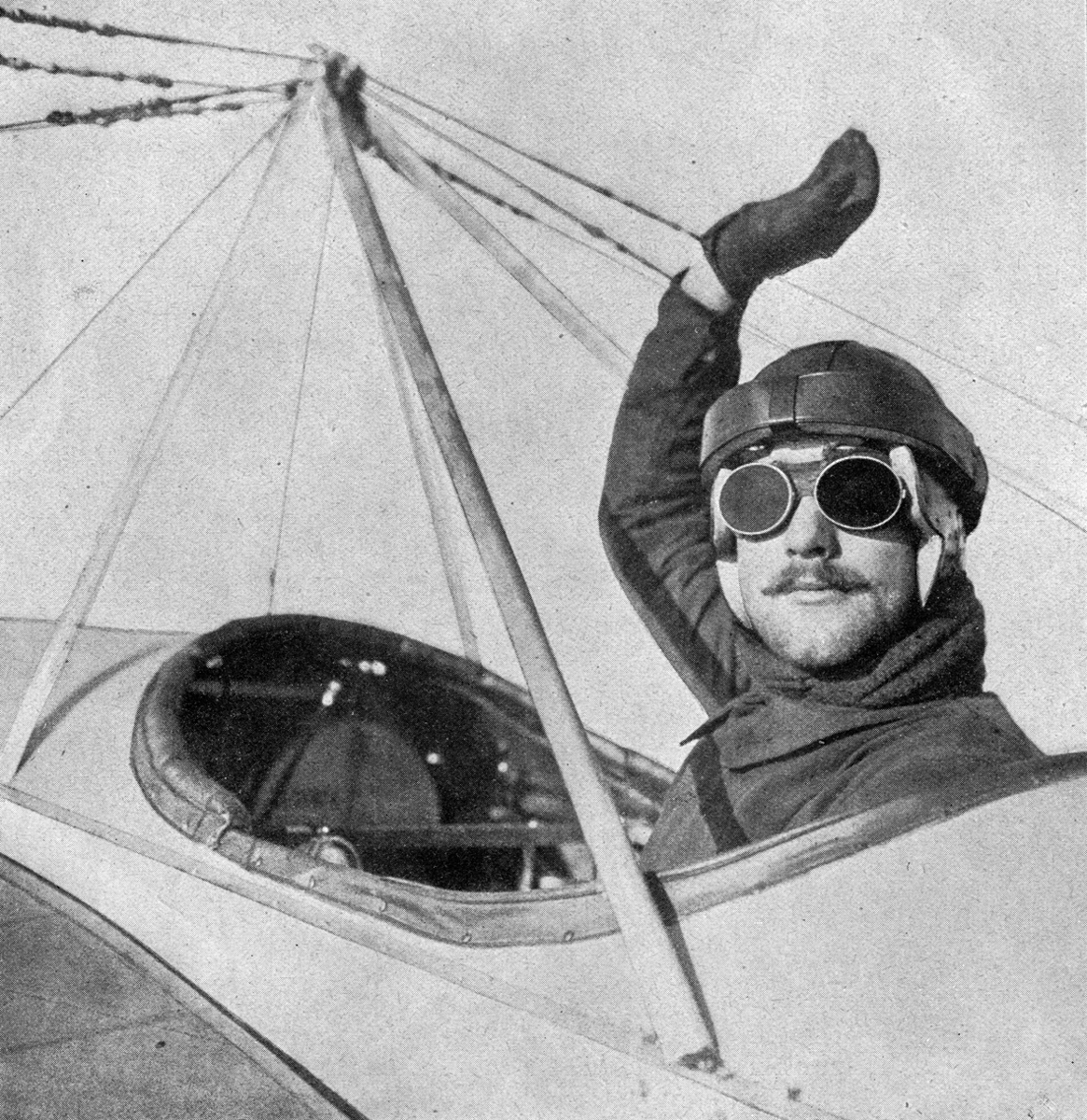
More
Crossing the Alps
Walter Mittelholzer (1894-1937)
Mittelholzer was a pioneer of both aviation and aerial photography. In November 1919 he co-founded (with Alfred Comte) an air-photo and passenger flight business, which merged with Ad Astra Aero the following year. Mittelholzer was director and head pilot of Ad Astra Aero, which later became Swissair.
The Swiss media events of the 1920s were Mittelholzer’s Africa flights for aerial photography and cartography purposes. On December 7, 1926, he took off from Zurich, flying via Alexandria, and landed in Cape Town on February 21, 1927. This was the first north-south flight across Africa. In December 1929 he became the first person to fly over Mount Kilimanjaro.
He died aged 43 in a climbing accident in Austria.

More
Those magnificent men and their spying machines
Hermann Geiger (1914-1966)
Known as the “Glacier Pilot”, Geiger pioneered the art of landing his Piper PA-18 – modified with retractable metal skis – on glaciers. In more than 600 rescue missions, he landed under extreme conditions on snow-covered glaciers. He was one of the co-founders of the Swiss air rescue service (REGAExternal link).
Geiger died aged 51 after he and a student collided with a glider at Sion airport.
An honourable mention here to Swiss pilots Victor Hug and Pista Hitz, who in 1946 launched the world’s first Alpine rescue from the air. On November 19, 1946, a US military plane, a Dakota C-53, came off course in fog before making a safe landing high in the Bernese Alps, where it was spotted by chance at an altitude of 3,350 metres on the Gauli Glacier. Hug and Hitz managed to fly the 12 Dakota passengers to safety. The rescue operation is regarded as the birth of the air-rescue service.
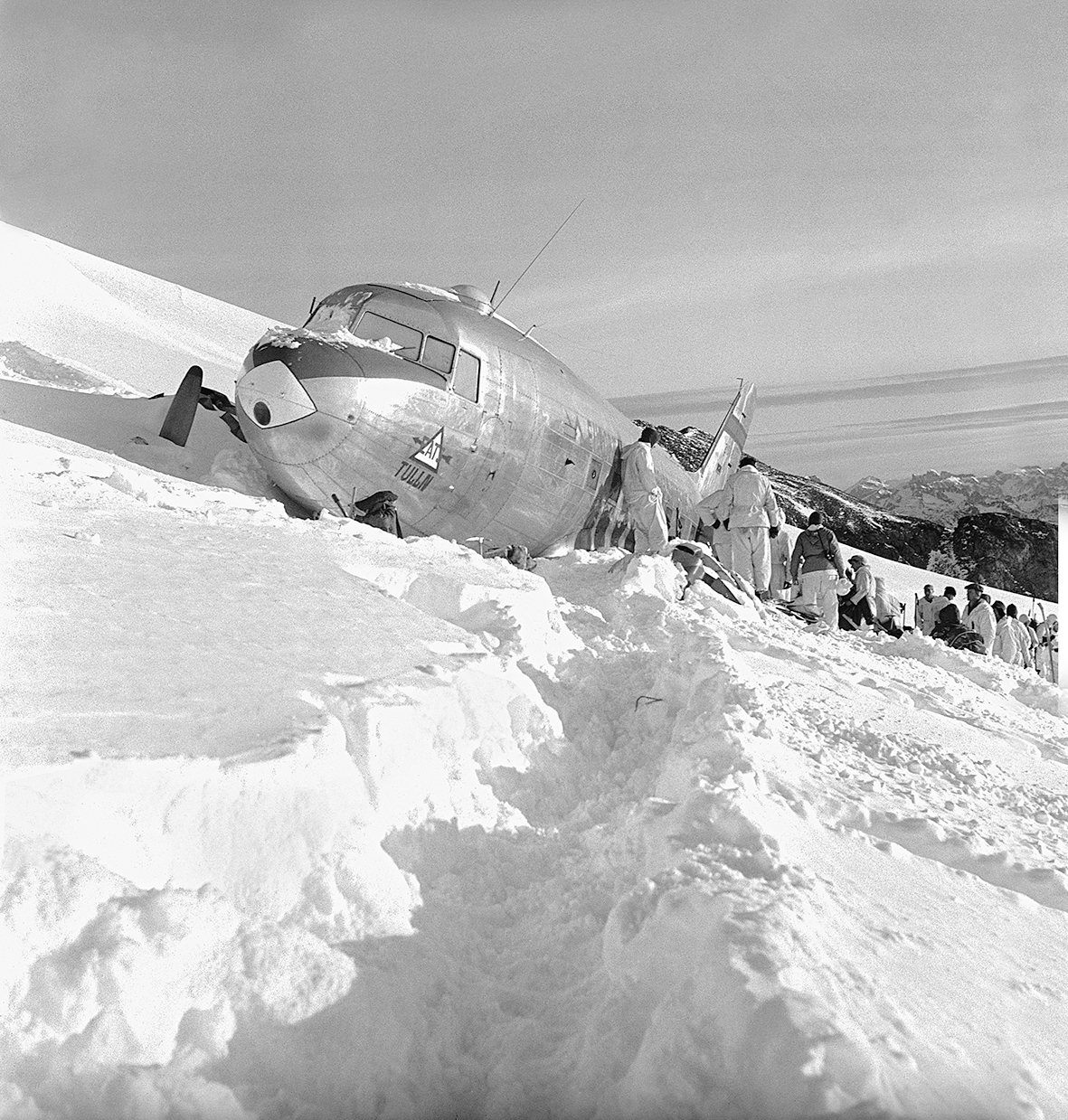
More
Glacier crash drama captivated the world
Bertrand Piccard (b. 1958) and André Borschberg (b. 1952)
Bertrand Piccard added to his family’s extensive list of adventure firsts in 2016 when Solar Impulse 2 completed the first-ever round-the-world flight by a solar plane. The record-breaking flight covered more than 40,000km without a single drop of jet fuel.
Piccard and Borschberg, a former Swiss Air Force pilot, took turns flying the plane, which set many solar aviation records. These include the first night flight, the first intercontinental flight, the first ocean crossing, and the longest distance and duration for a solar flight. Borschberg also holds the record for the longest-ever solo flight for any pilot in any aircraft: 117 hours and 52 minutes.

More
Swiss solar plane ends round-the-world tour
Fanny Chollet (b. 1991)
Aviation remains a male domain and airplanes are firmly in men’s hands, so Fanny Chollet made headlines in February 2019 when she became Switzerland’s first female fighter pilot. As of the beginning of 2019 there were 136 women in the air force. Chollet is one of only seven female pilots; the other six fly helicopters.
Also breaking down gender barriers, Helene Niedhart created headlines in the 1980s when, because no Swiss airline would employ her as a pilot, she founded her own airline. In 1987, Niedhart founded Cat Aviation. She is the first and only female owner of an airline in Switzerland.
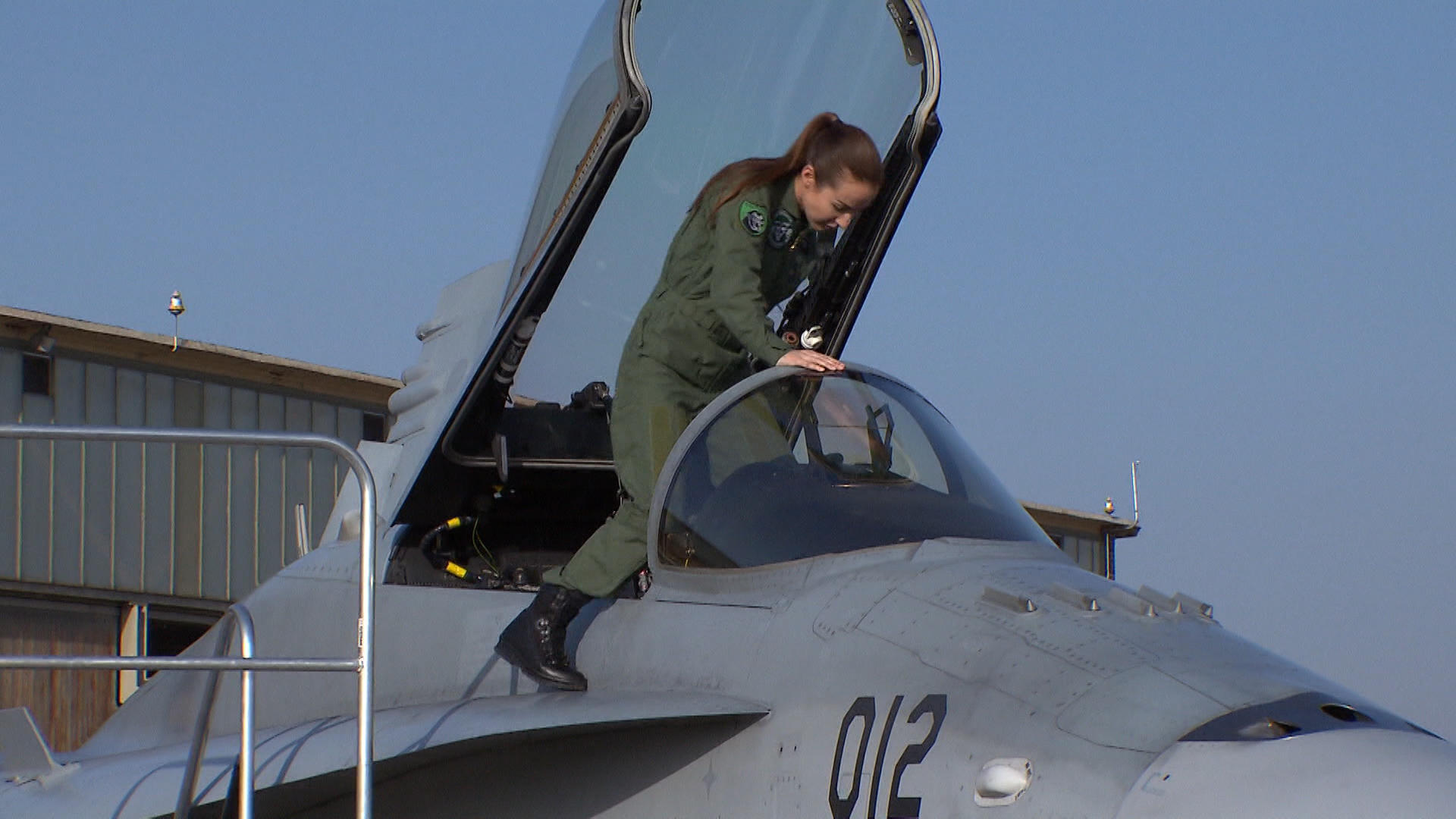
More
Switzerland’s first female fighter pilot takes to the skies

In compliance with the JTI standards
More: SWI swissinfo.ch certified by the Journalism Trust Initiative


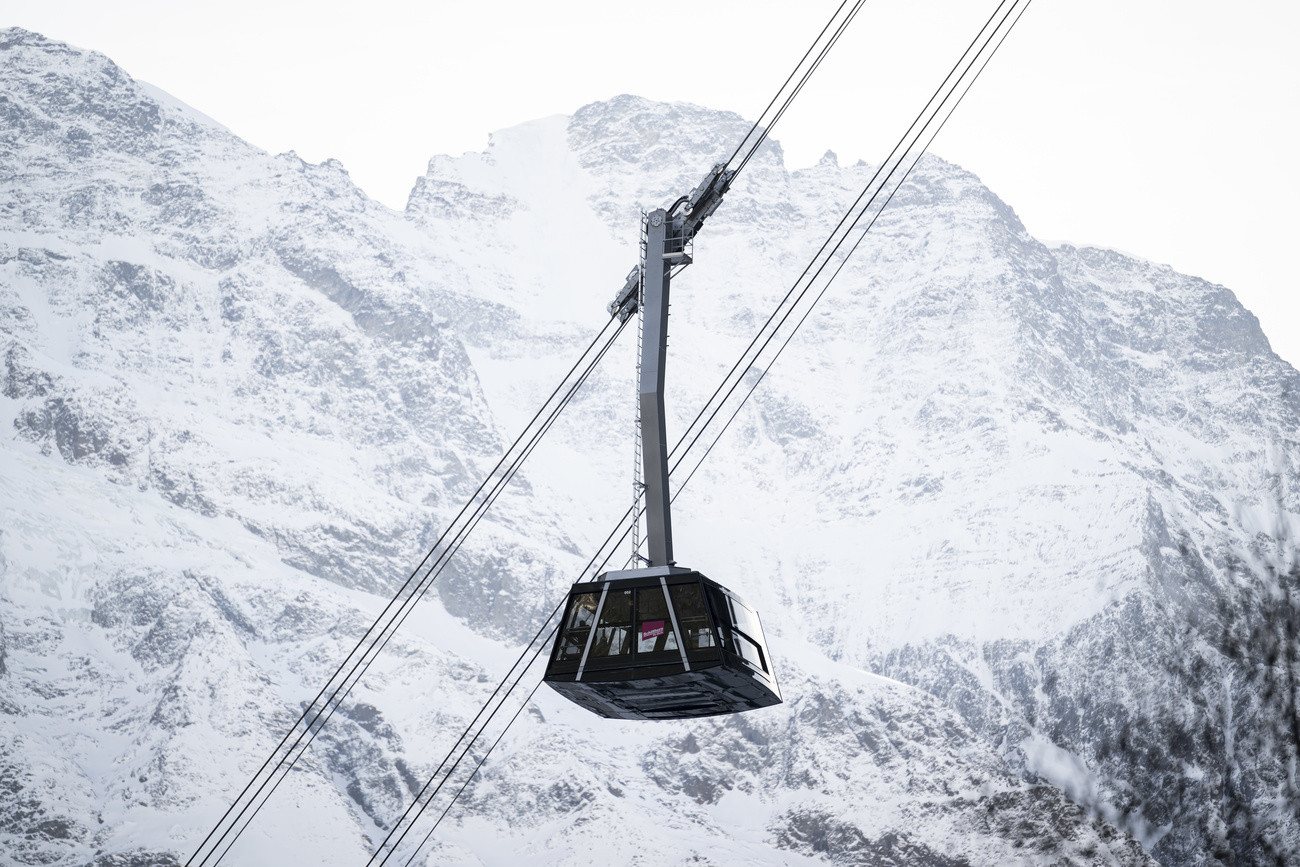






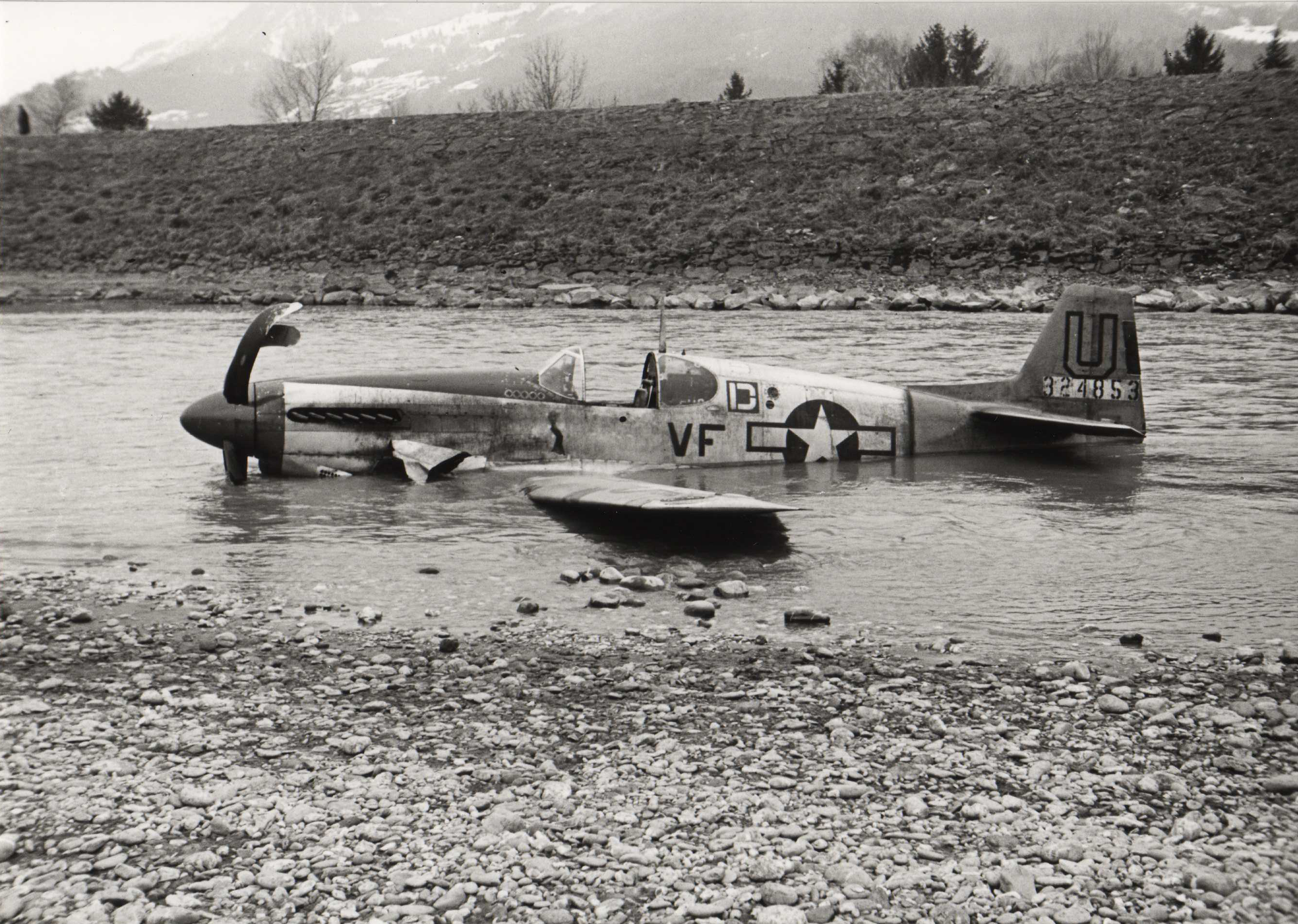
You can find an overview of ongoing debates with our journalists here . Please join us!
If you want to start a conversation about a topic raised in this article or want to report factual errors, email us at english@swissinfo.ch.